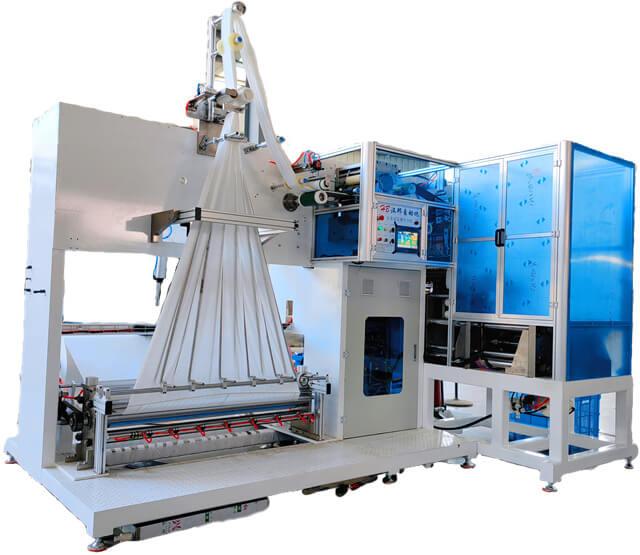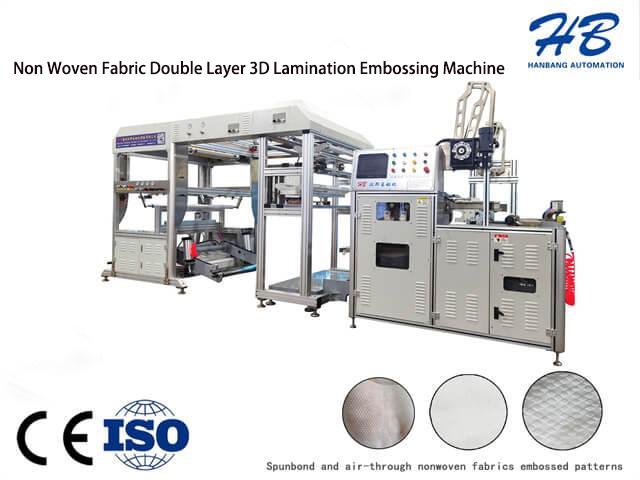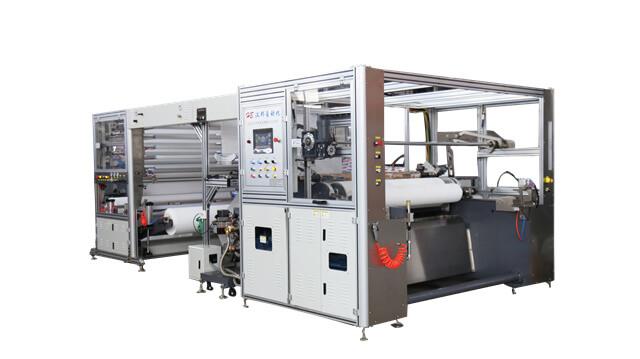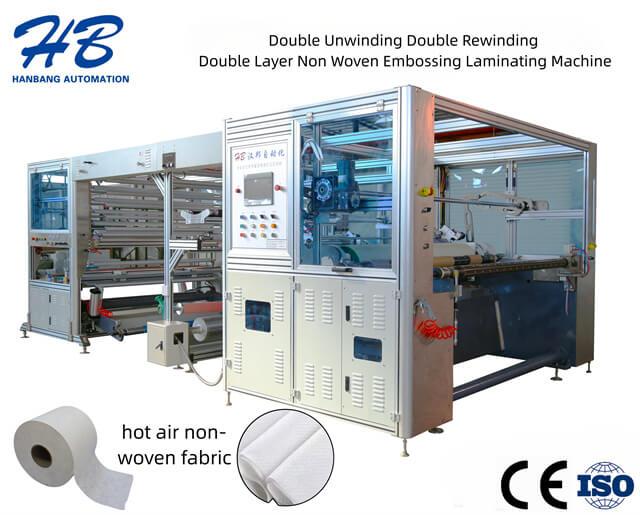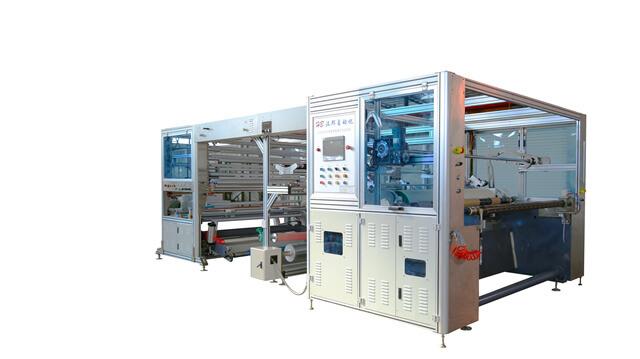Author:HB Nonwoven MachineryFROM:Compressed Towel Machine Manufacturer TIME:2023-11-17
Introduction:
The installation of a Non Woven Embossing Machine is a crucial step in the production process of diaper and sanitary napkin industries. This machine plays a vital role in creating the embossed patterns on the non-woven fabric, which enhances the absorbency and aesthetic appeal of these products. The installation process requires careful planning and precision to ensure smooth operation and optimal performance.
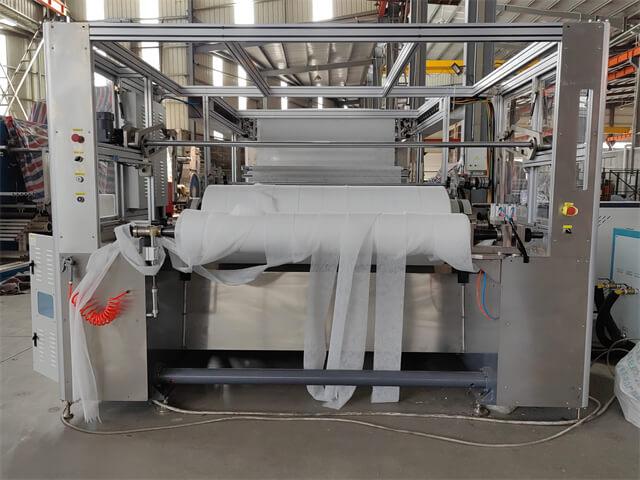
Prior to installing the Non Woven Embossing Machine, the site needs to be prepared adequately. The area should be spacious enough to accommodate the machine and provide sufficient space for workers to maneuver around. The floor should be level and capable of withstanding the weight and vibrations generated by the machine. Additionally, proper ventilation and lighting arrangements should be made to create a safe and comfortable working environment.
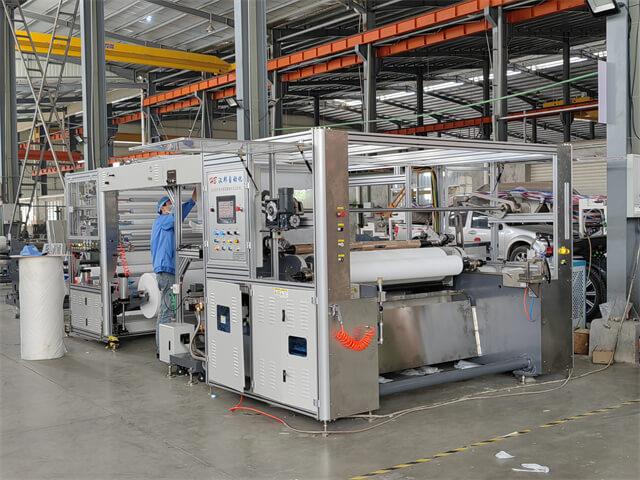
Transporting the Non Woven Embossing Machine from the manufacturer's facility to the installation site requires careful handling to avoid any damage. The machine should be securely packed and loaded onto a suitable transportation vehicle. It is essential to use specialized equipment and follow proper lifting and securing techniques during transportation to ensure the machine's integrity is maintained.
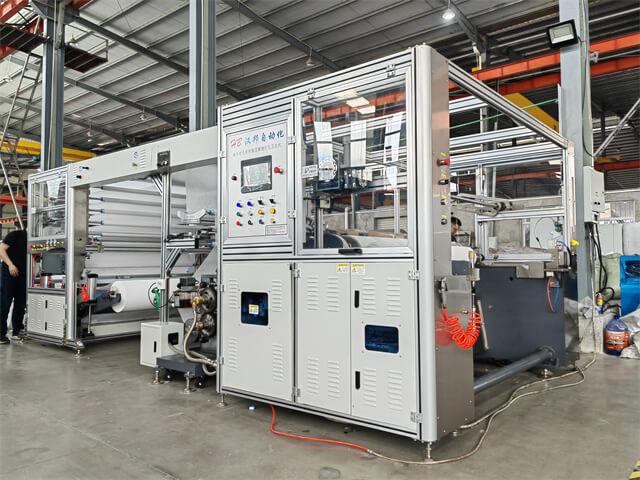
Once the machine reaches the installation site, it needs to be properly assembled. The components of the Non Woven Embossing Machine should be unpacked and checked for any signs of damage during transportation. The machine's manual or technical drawings should be referred to for step-by-step instructions on assembling different parts. Special attention should be given to aligning and tightening the bolts and screws to ensure a sturdy and stable structure.
The Non Woven Embossing Machine requires various utilities to function effectively. These may include electricity, water, compressed air, and steam, depending on the specific machine model. The installation team should ensure that the necessary connections are in place and comply with safety standards. Professional electricians, plumbers, and technicians should be involved in this stage to avoid any potential hazards or malfunctions.
After the machine is assembled and the utilities are connected, it is essential to conduct thorough testing and calibration. This involves running the machine through different cycles and settings to check its functionality and ensure it meets the desired performance parameters. Any adjustments or fine-tuning required should be carried out during this stage to achieve optimal operation.
Once the Non Woven Embossing Machine is successfully installed and tested, the operators should be trained to operate and maintain the machine properly. The training should cover topics such as machine controls, troubleshooting common issues, routine maintenance tasks, and safety protocols. Well-trained operators can maximize productivity, minimize downtime, and ensure the longevity of the machine.
Proper documentation of the installation process is crucial for maintaining compliance with industry regulations and quality standards. Detailed records should be maintained, including installation checklists, test reports, calibration certificates, and training logs. These documents not only serve as a reference for future maintenance but also provide evidence of compliance during audits or inspections.
After the installation, ongoing support and maintenance play a vital role in ensuring the Non Woven Embossing Machine's longevity and optimal performance. Regular preventive maintenance should be scheduled to inspect and replace worn-out parts, clean critical components, and perform necessary adjustments. Additionally, technical support should be readily available to address any operational issues or provide guidance whenever needed.
The installation of a Non Woven Embossing Machine requires careful planning, precise execution, and adherence to safety and quality standards. By following the proper steps, from site preparation to ongoing maintenance, manufacturers in the diaper and sanitary napkin industries can ensure the smooth operation and high-quality production of their products. Installation is a critical phase that sets the foundation for efficient and reliable machine performance.
